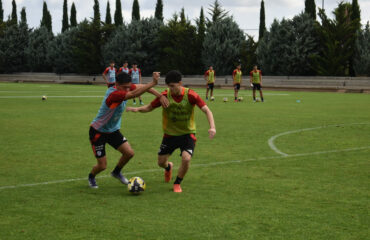In soccer, as in many other high-intensity sports, preparation prior to physical exertion plays an essential role in both injury prevention and performance optimization. A proper warm-up allows the body to progressively adapt to the physical demands of the sport, improving performance and reducing the risk of muscle and joint injuries. However, preparation for movement in soccer goes beyond a series of traditional exercises, involving a structured and specific sequence of activities that activate, mobilize and prepare the musculoskeletal, cardiovascular and neuromuscular systems. Below, we discuss in detail the phases and benefits of an effective warm-up in the context of soccer, backed by scientific research.
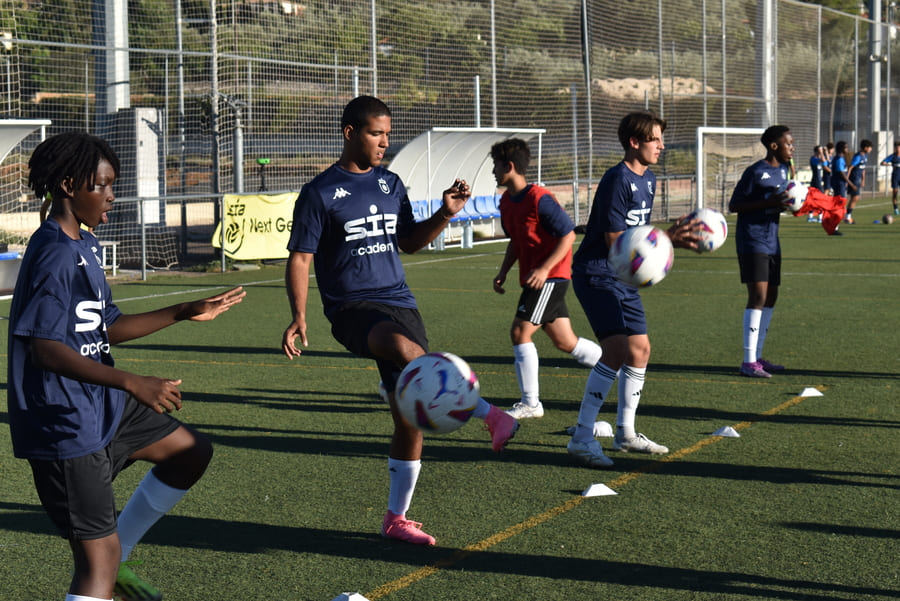
Table of contents
Phases of an effective soccer warm-up
For a warm-up to be truly effective, it must follow a structured sequence. According to studies in Sports Medicine, warm-ups that include general activation, joint mobility, dynamic stretching and specific exercises improve both performance capacity and injury prevention (Fradkin et al., 2006). Each of the phases and their importance in soccer is detailed below
1. General activation
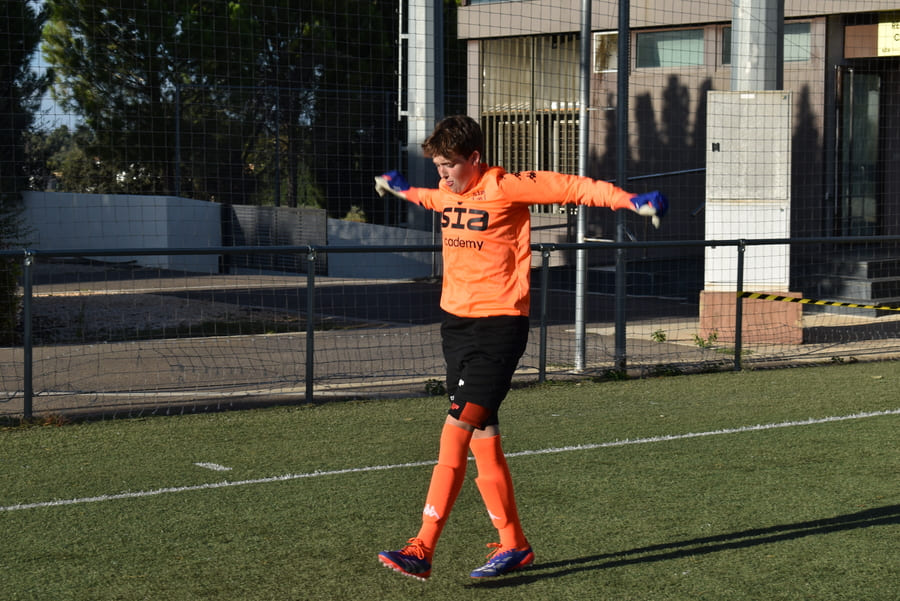
The first phase of the warm-up consists of a general activation, usually with a low-intensity activity such as light jogging, which aims to increase body temperature and stimulate the cardiovascular system. This increase in body temperature is essential for improving muscle elasticity and making energy-generating chemical reactions more efficient. In a study published in the Journal of Strength and Conditioning Research, it was observed that raising muscle temperature increases contractile capacity and reduces muscle stiffness, which is essential for the prevention of tears and tissue injuries (Bishop, 2003).
General activation also increases blood flow to the muscles, ensuring that they receive oxygen and nutrients needed to meet the physical demands of the sport. In addition, it helps soccer players concentrate and get into an optimal mental state for the game, which also influences performance and injury prevention.
2. Joint mobility
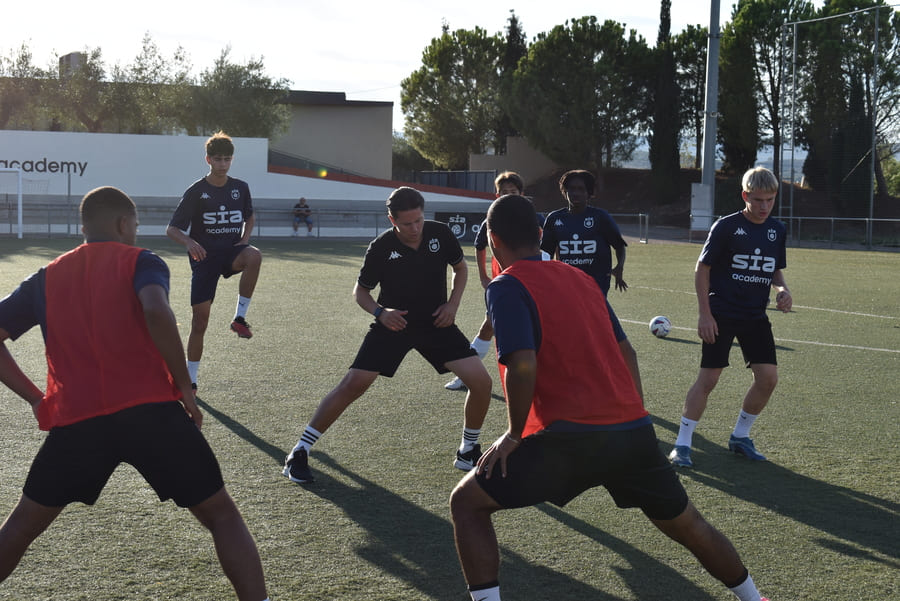
After general activation, the joint mobility phase focuses on performing controlled movements that encompass the major joints involved in soccer: ankles, knees, hips and shoulders. These movements help improve joint range of motion, lubricate the joints and prepare the tendons and ligaments for the specific demands of the sport.
Joint mobility is particularly relevant in soccer, due to the rapid changes of direction, jumps and explosive turns that require a wide and controlled range of motion. Research in the Journal of Sports Sciences indicates that joint mobility work reduces the risk of sprains and other joint injuries by improving flexibility and reducing joint stiffness (Knudson, 2001). In addition, good joint mobility allows players to move more efficiently and quickly, which also contributes to performance on the field.
3. Dynamic stretching
Unlike static stretching, dynamic stretching involves active movements that stretch the muscles without maintaining a fixed position. This type of stretching is ideal for preparing the muscles safely, improving flexibility without compromising muscle power. The main muscle groups to be worked in this phase include the hamstrings, quadriceps, adductors and core muscles.
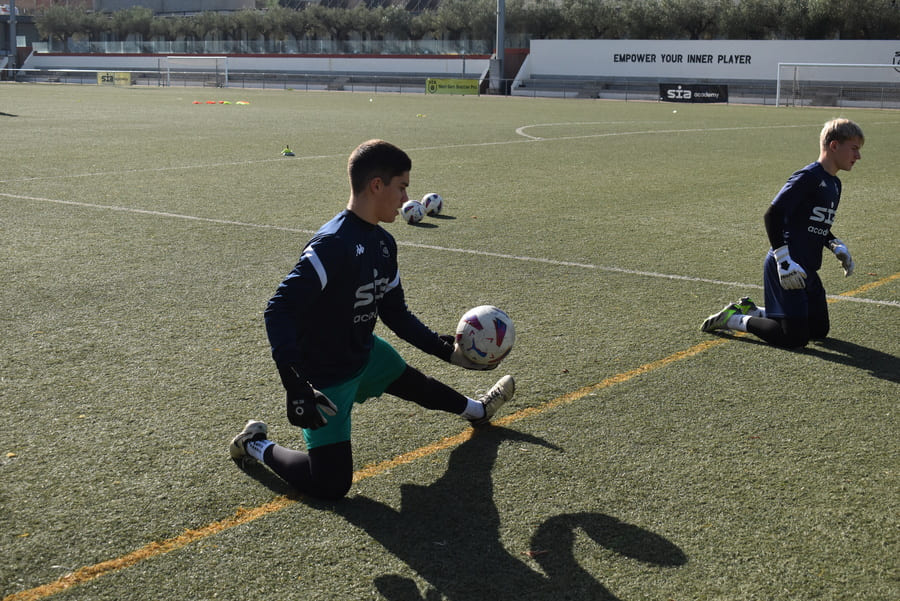
The use of dynamic stretching in soccer is supported by multiple studies. For example, in research published in Scandinavian Journal of Medicine & Science in Sports, it was shown that dynamic stretching improves active flexibility without reducing power or speed, unlike static stretching, which can cause a temporary decrease in explosive performance (Behm & Chaouachi, 2011). Dynamic stretching also activates the muscles in game-like movement patterns, which helps prepare the neuromuscular system for the actual exertion on the field.
4. Specific exercises
The last phase of the warm-up includes specific exercises that mimic the movements of the game, such as changes of direction, sprints, jumps and touches of the ball. These specific exercises are essential for players to adapt to the physical demands of the game. By performing movements similar to those they will face in the game, the body becomes accustomed to the intensity and high-speed actions, which improves reactivity and reduces the risk of injury in real game situations.
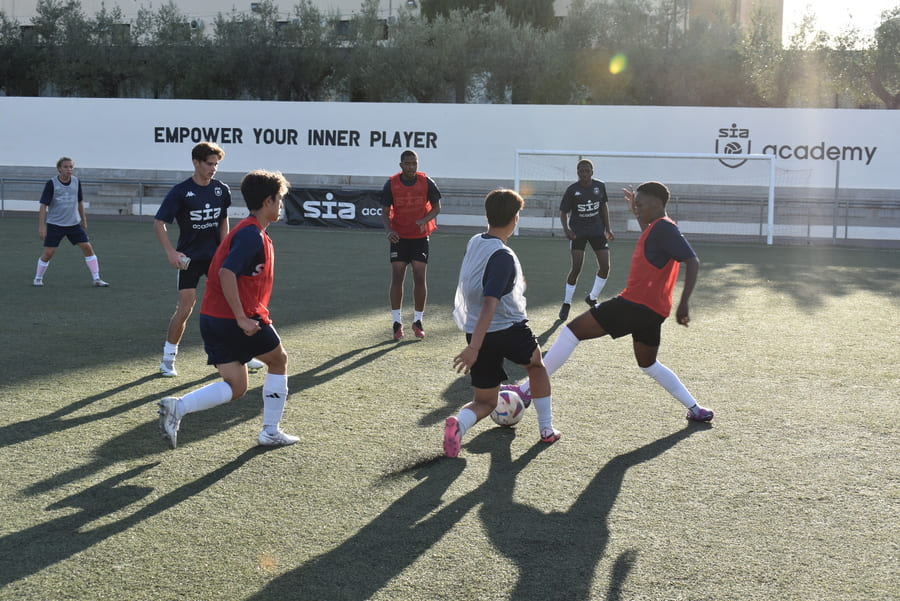
FIFA 11+, a widely adopted warm-up and injury prevention program in soccer, has been shown to significantly reduce injuries by including specific exercises that strengthen muscles and improve stability in typical soccer movements (Soligard et al., 2008). Specific exercises help prepare the body not only physically, but also cognitively, as soccer players practice movements in situations that simulate the real demands of a match.
Benefits of proper warm-up
A proper warm-up not only prevents injuries, but also has a number of additional benefits that directly impact a player’s performance on the field. The main benefits are detailed below.
1. Injury prevention
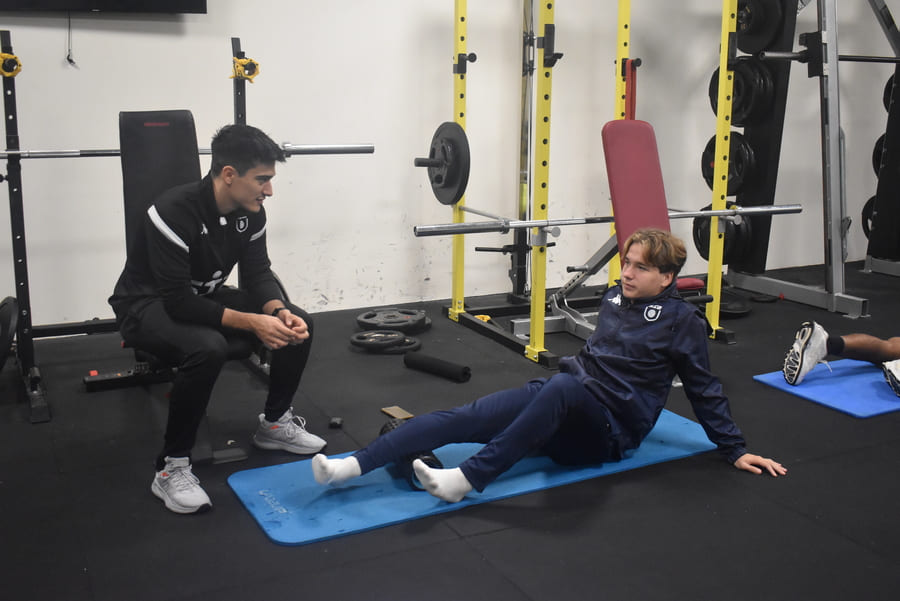
A well-designed warm-up helps reduce the risk of muscle, joint and ligament injuries. Studies show that effective warm-ups decrease lower extremity injuries, such as ankle sprains and knee injuries, which are common in soccer (Ekstrand et al., 2011). Muscle activation and improved flexibility and joint mobility allow players to be more resistant to impact and high intensity movements, reducing the risk of tears and other injuries.
2. Improved performance
Warming up prepares the body for maximum effort. By increasing muscle elasticity and cardiovascular efficiency, a good warm-up enables players to achieve optimal performance from the start of the game. A review in the Journal of Sports Medicine and Physical Fitness reports that players who perform specific warm-ups perform better in sprints and jumps than those who omit this preparation (Fradkin et al., 2006). Improved agility, speed and endurance during the match is a direct result of a proper warm-up, which optimizes energy use and improves reaction speed.
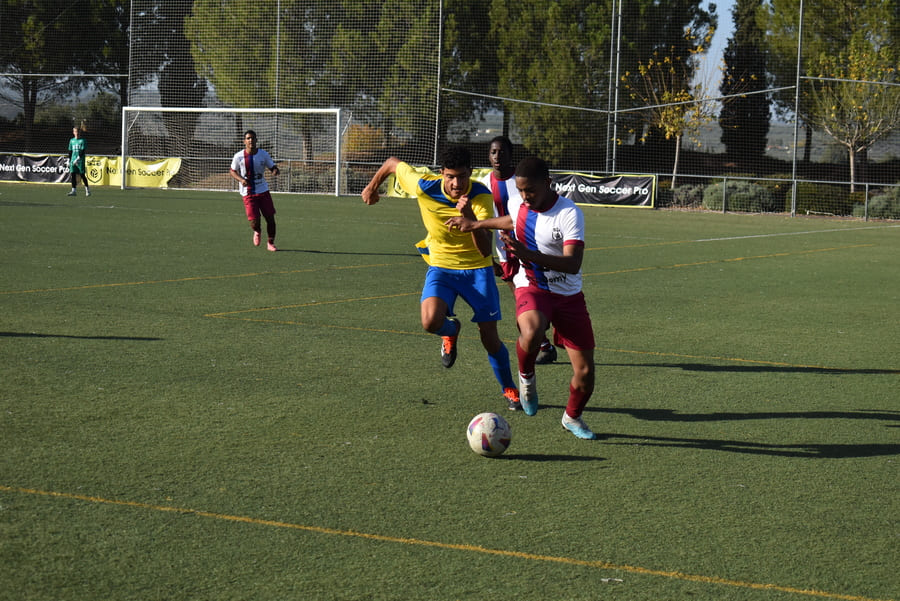
3. Optimization of mental state and focus
Warming up also plays an important role in the psychological preparation of players. It helps improve concentration, reduce anxiety and build confidence before a match. The gradual transition from low-intensity activity to high-intensity exercises allows players to focus on their movements and to adjust their mental strategies for the game. In addition, some studies suggest that the warm-up, when performed as a team, also strengthens group cohesion and player morale (Reilly et al., 2005).
Recommendations for implementing an effective warm-up
To take full advantage of the benefits of warming up, it is essential to follow certain recommendations based on scientific evidence:
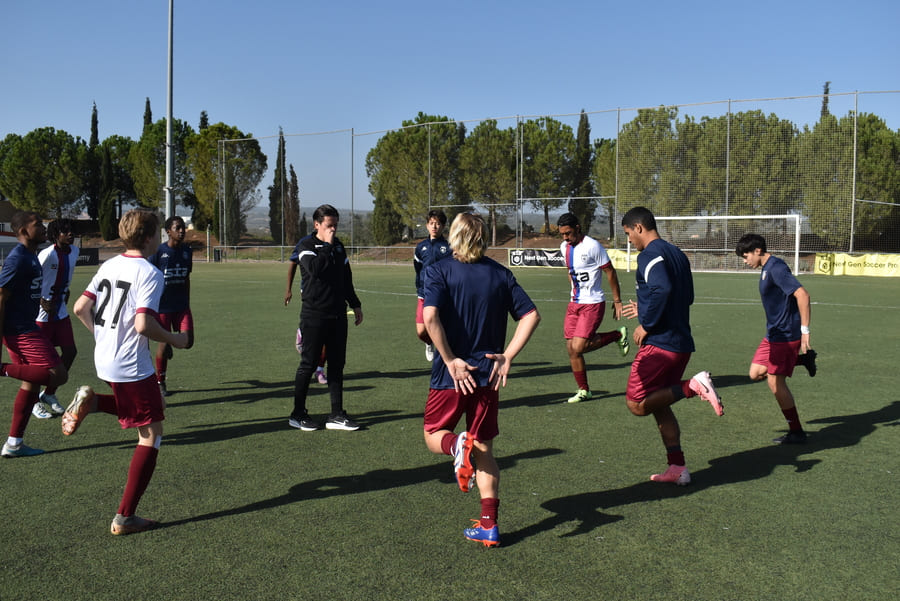
1. Adequate duration
A complete warm-up should last between 20 and 30 minutes, including all phases of activation, mobility, stretching and specific exercises.
2. Warm up individualization
Players have different needs, especially if they have had previous injuries or if they occupy different positions on the field. Therefore, customizing certain aspects of the warm-up helps to optimize the preparation for each player.
3. Variety of exercises
Including a variety of exercises for each phase of the warm-up avoids monotony and ensures a complete preparation. In addition, it is recommended to update and diversify the exercises to maintain the motivation and interest of the players.
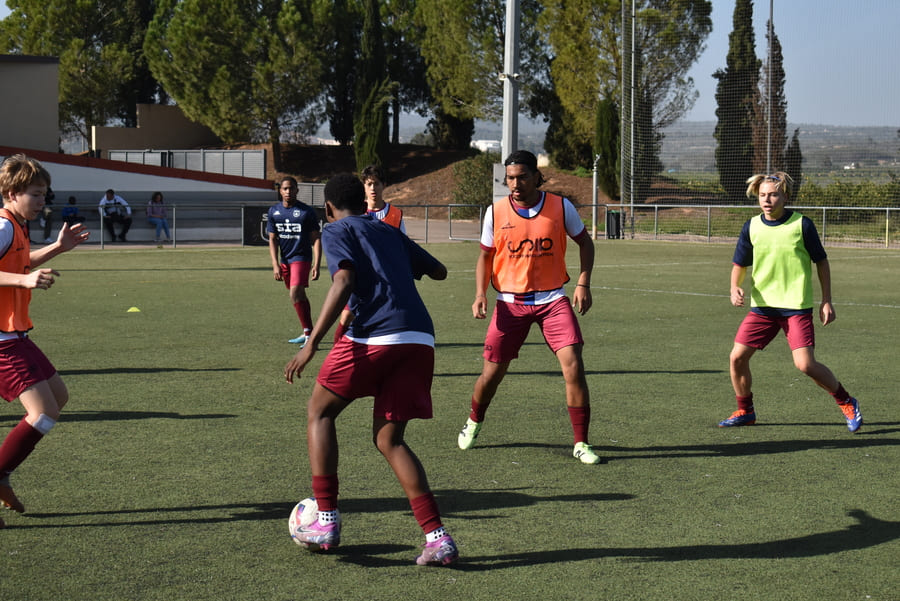
Preparation for movement is a fundamental part of any soccer player’s routine, as it not only reduces the risk of injury, but also improves performance on the field. A structured and targeted warm-up prepares both the body and mind for the demands of the game, ensuring that players can perform to the best of their ability. Incorporating a proper warm-up into the routine is an investment in the long-term health and success of soccer players, which will allow them to enjoy a longer career with fewer injury interruptions.
Author: Josep Ferri
SIA Academy Physiotherapist






